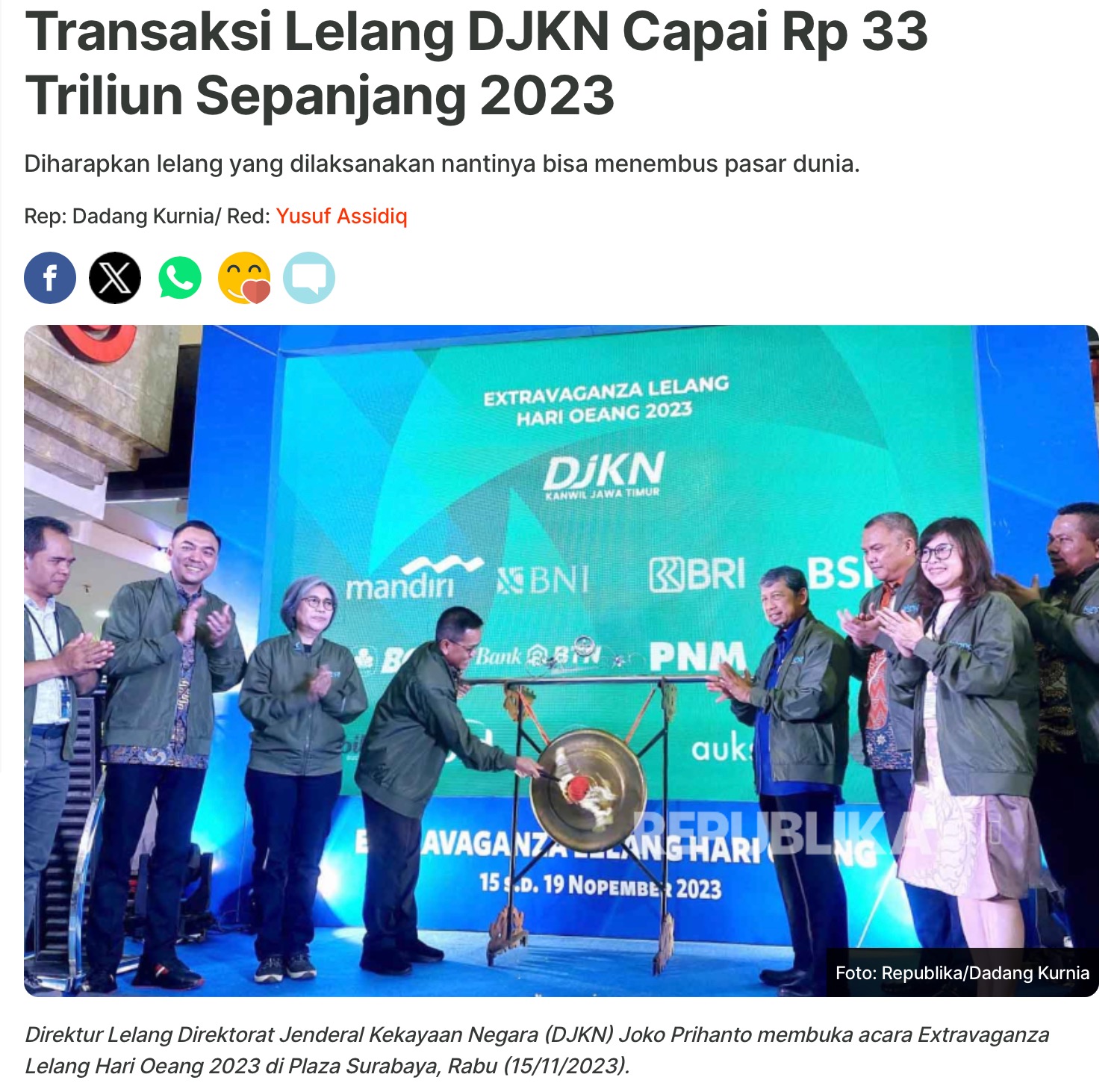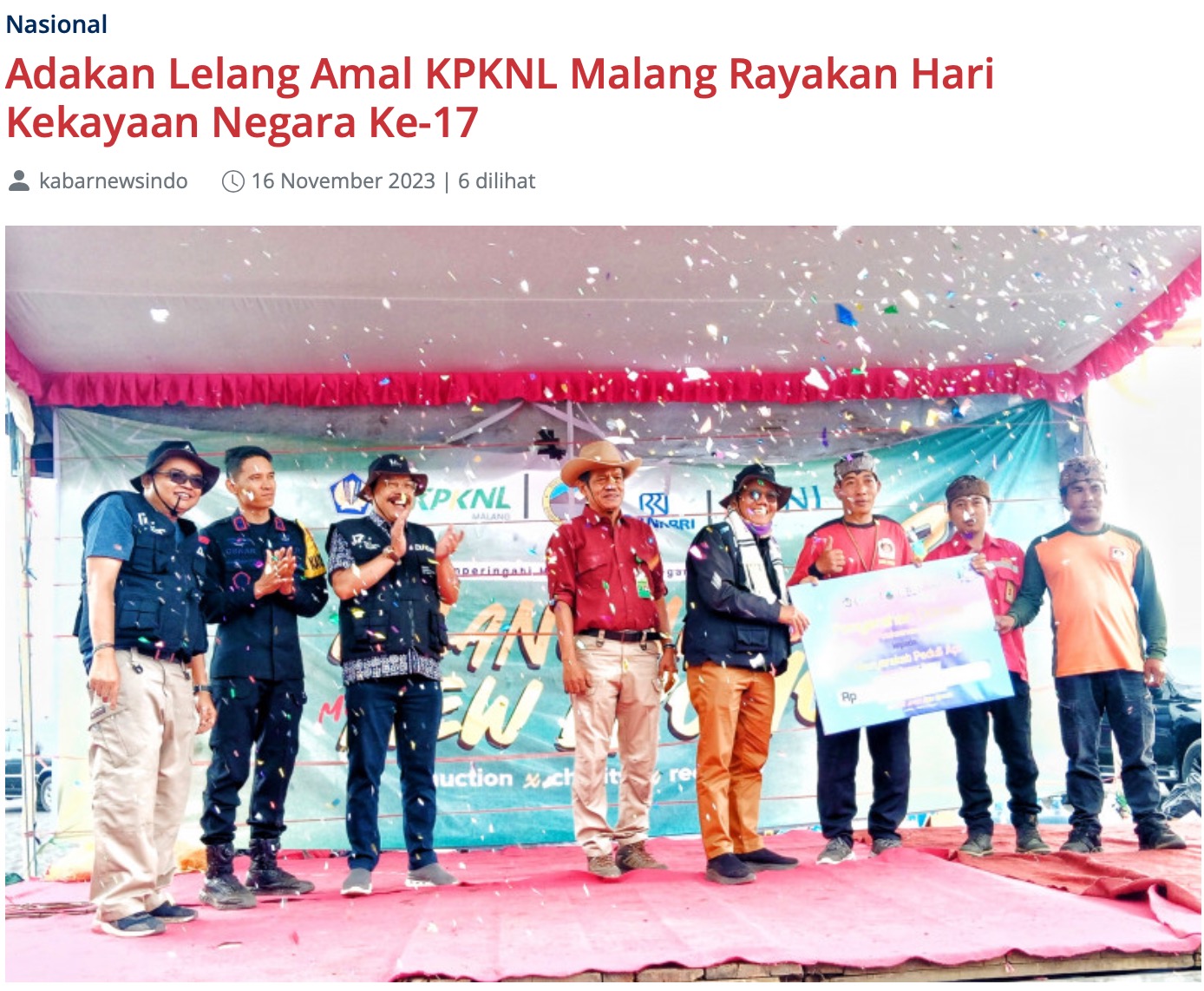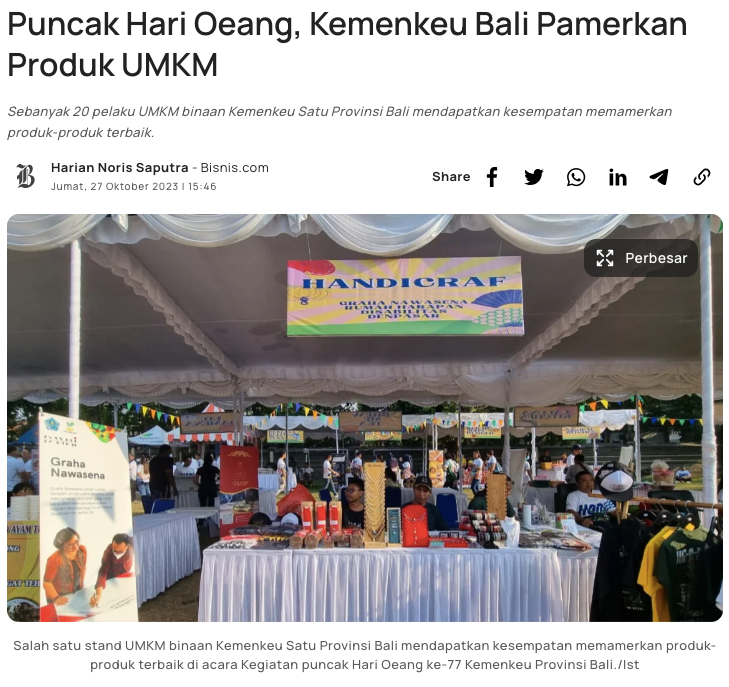After three decades of business contracts, Indonesia has finally taken a bold stance to fully take over the operation of Indonesia Asahan Aluminium (Inalum), which operates the only aluminum smelter in Southeast Asia from Japanese consortium Nippon Asahan Aluminium (NAA) later this year.
The move follows the heels of its much-hyped campaign to spur growth in the downstream industry as Indonesia, the world’s top exporter of raw mineral like thermal coal and nickel ore, aims to climb up the value chain and boost shipment of finished products.
According to the plan, the government would take over the Japanese consortium’s 58.88 percent ownership in Inalum when the contract ends in October this year.
Following the acquisition, the government, which currently holds 41.12 percent shares of the firm, aims to double the smelter’s capacity to 500,000 tons of aluminum ingots each year. The government will also sell the larger part of the aluminum ingots to the domestic market. At present, 60 percent of Inalum’s total output of 250,000 tons goes to Japan.
Industry Minister MS Hidayat has said Kuala Tanjung, where Inalum is situated, will be turned into an industrial cluster for aluminum-based products. A shift in Inalum’s output allocation means many more ingots will be available locally, and that will help the idea make its way into the planned cluster.
Downstream products possible for development there include aluminum alloys, sheets, foil and finished products, such as household tools, automotive components and cables. In the upstream side, it will also be possible to develop alumina refineries and calsined petroleum coke (CPC) factories.
Despite Indonesia’s abundant output of bauxite, Inalum now sources alumina totaling roughly 500,000 tons per year from Australia to support its operation as no refinery to process the ore exists locally. The ongoing construction of an alumina refinery in Ketapang, West Kalimantan, with 2 million tons of annual capacity, will allow the firm to buy the raw material from a local source in the future.
The US$1 billion refinery, built by PT Well Harvest Winning – a joint venture between China’s top aluminum maker China Hongqiao Group and local firms, including PT Cita Mineral Investindo Tbk., is expected to commence operation in 2015.
Effendi Sirait, the chief of Asahan Authority assigned to oversee Inalum operation, said a new investment in the upstream sector would be realized in the near time with the commitment of PT Alakasa Industrindo Tbk, the country’s leading manufacturer and fabricator of aluminum extrusion profiles, to build a CPC factory.
The factory, to be located in 10-hectare area belonged to Inalum, is designed to annually produce 100,000 tons of CPC, a key ingredient in aluminum production, 90 percent of which will be sold to Inalum. The firm presently still imports one third of its overall needs.
“The firm proposed to Asahan Authority a permit to use Inalum’s land to build the facility and the memorandum of understanding has been signed recently,” Effendi said in an interview, adding that the firm had also secured an investment principle approval from the Investment Coordinating Board.
Apart from that, the government also mulled to revive an idle aluminum alloy facility once run by local aluminum fabricator, PT Asahan Aluminum Alloy, he further said. The plant quit operations in the
early 1990s since it could not obtain raw material from Inalum due to technical difficulties in transporting liquid aluminum.
In the past, state-owned diversified miner PT Aneka Tambang has also planned a refinery in the area, but it is unclear whether the firm will go ahead with the plan. But, Indonesia’s dream may go farther beyond an aluminum-based industrial cluster as shown by a master plan proposed by the Industry
Ministry.
According to the master plan, Kuala Tanjung, which is situated in the Batubara Regency in North Sumatra, will host a range of industrial areas that include aluminum-based industry, agro-based industry, maritime industry and export-oriented bonded zones. Potential development can span in as wide as 6,000-hectare areas available in the regency.
Dedi Mulyadi, the Industry Ministry’s director general for industrial regions development, said that the development of the new industrial point would run in three phases until 2025, with the initial stagesconverting 1,500-hectare area into aluminum-based industrial center.
The government might spend around Rp 2.7 trillion (US$277.86 million) until 2018 for land acquisition and build basic infrastructure, including roads, power networks and other necessary utilities. “We hope we can offer the proposal to investors as soon as next year,” he said, pointing out the 100-hectare plot available in the Inalum’s industrial areas for early offer.
As for the maritime industry, flows of ships carrying goods through Malacca Strait that per year may total over than 100,000 units, will provide myriad prospects to the establishment of an integratedshipbuilding industry, including repair services, and also attract investors to set up supporting industry, such as paint and steel.
Currently, the nation’s shipbuilding industry centers in Lamongan, East Java and Batam, Riau Islands.
In a separate development that might assist the grand design set for Kuala Tanjung, state-run port operator Pelindo I, is bracing for expansion plans that will span until 2030, aimed to boost the capacity of Kuala Tanjung Port to 25 million TEUS for containers.
Kuala Tanjung, which has been named the international hub port in the western part of the archipelago along Bitung Port in the eastern region, presently handles a limited figure of cargoes as well as provides maritime services. The expansion plan will mainly support Pelindo I to tap into the potential provided by container traffic sailing through the strait that settled 51 million 20-foot equivalent units (TEUs) last year.
In spite of the sizeable potential of transshipment, Indonesia only grabbed 1 million TEUs in the past year through Belawan port, the major port in North Sumatra, much lower than neighboring countries like Singapore ports (31 million TEUs) and Port Klang, Malaysia (10 million tons).
As the initial part of the grand design that may begin next year, the firm will build a Rp 6.5 trillion container terminal with a capacity of 1 million ton TEUs and is expected to kick off operation in 2015, according to Eriansyah, the firm’s spokesman.
“Once the principle permit from the authority is cleared, we can soon start construction,” he said, adding approval for the master plan had been secured, while environmental impact analysis was still being processed by the Environment Ministry. Pelindo I also planned to build a bulk port that would serve exports of palm oil and its downstream products from Sei Mangke Special Economic Zone, also in the same province, Eriansyah added.












